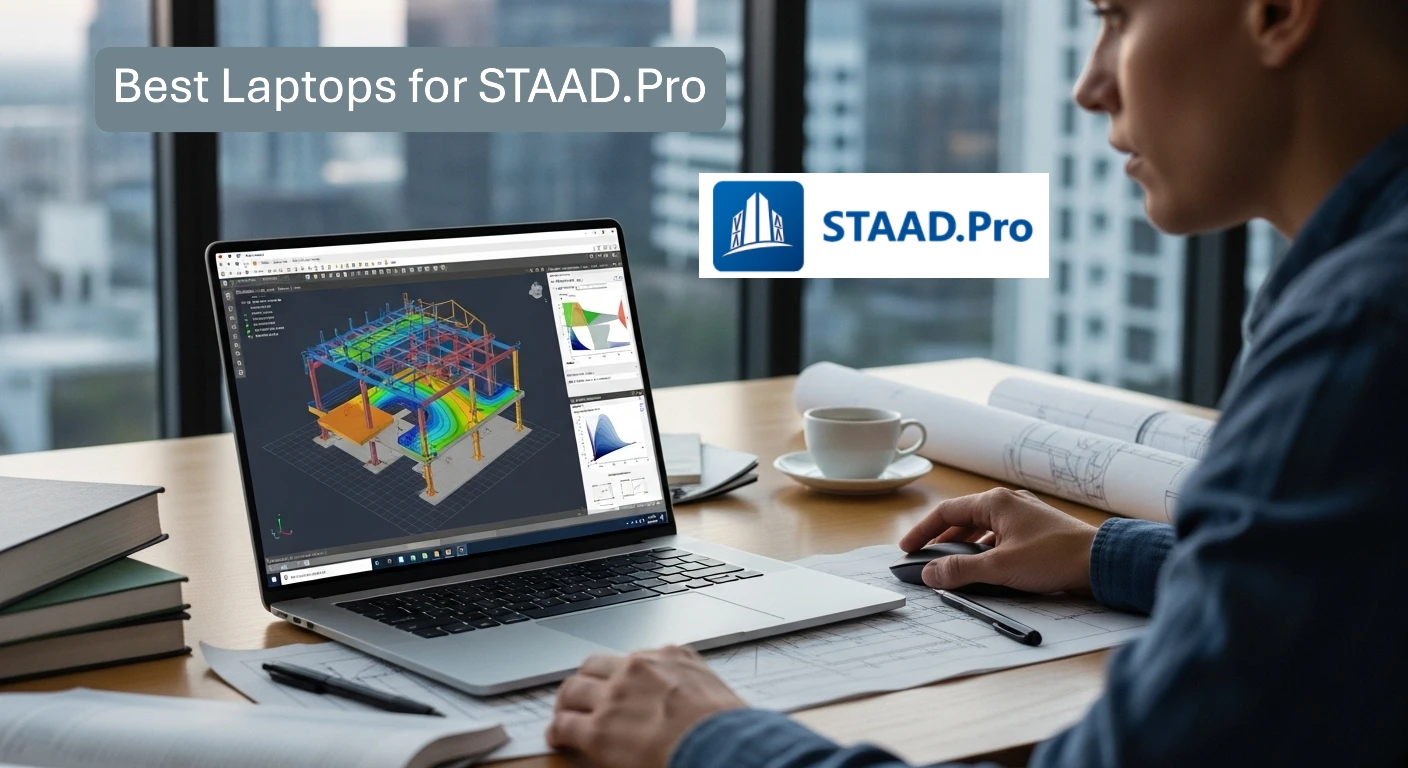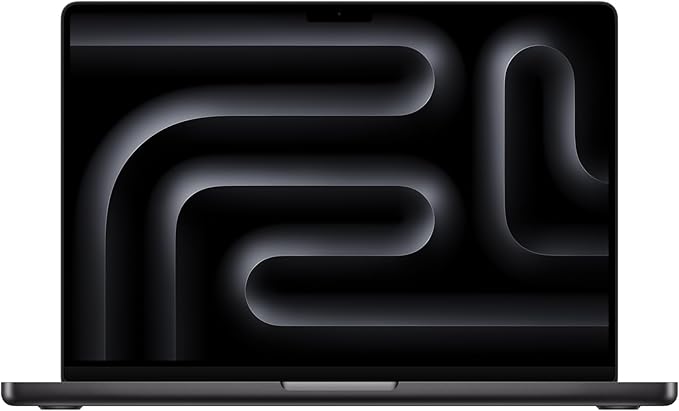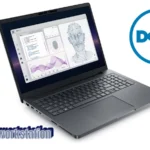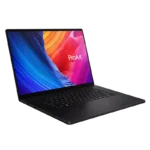If you’re an engineer or architecture student working with STAAD.Pro, you already know how demanding this software can be. Running complex structural models isn’t just about clicking “analyze” — you need a machine that won’t choke halfway through. And let’s be honest: nothing is more frustrating than waiting on slow hardware when deadlines are tight.
The good news? In 2025, there are some fantastic laptops that handle STAAD.Pro like a champ. Whether you’re a professional managing large projects or a student tackling coursework, the right laptop will save you time and headaches. This guide breaks down the best laptops for STAAD.Pro, what specs to prioritize, and which models are worth your money.
What Makes a Laptop Great for STAAD.Pro?
Before diving into specific models, let’s quickly go over what matters most:
- Processor (CPU): STAAD.Pro loves fast CPUs with multiple cores. Look for Intel i7/i9 H-series or HX chips, or AMD Ryzen 7/9 HX.
- RAM: 32GB is the sweet spot for most users, but 64GB is ideal for heavy models.
- Storage: NVMe SSDs are a must. Aim for 1TB if you don’t want to constantly juggle files.
- Graphics (GPU): An NVIDIA RTX is great, but if you want certified drivers for engineering apps, the NVIDIA RTX A-series (formerly Quadro) is a better bet.
- Cooling: Big models = long solve times. You need a laptop that won’t throttle performance after 10 minutes.
See also: Best Laptops for Civil Engineering Students
Best Laptops for STAAD.Pro in 2025
1. Lenovo ThinkPad P16 Gen 2 – Best Overall Workstation
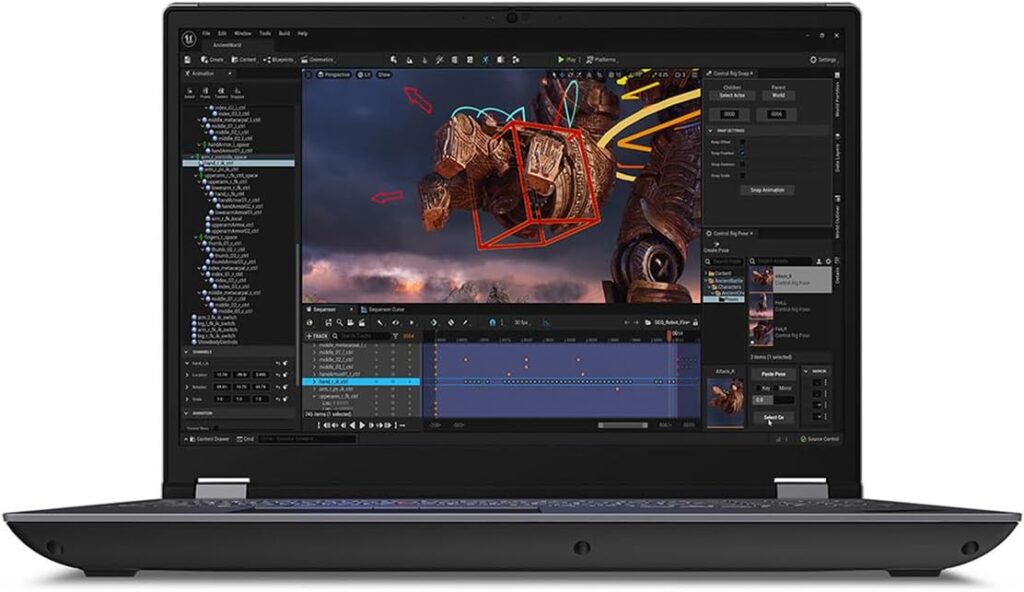
The P16 is built for engineers. With Intel HX processors, ISV-certified RTX GPUs, and up to 128GB RAM, it’s a beast.
Specs (recommended build):
- CPU: Intel Core i9 HX
- GPU: NVIDIA RTX A4000 or RTX A5000
- RAM: 32GB (upgradeable to 128GB)
- Storage: 1TB NVMe SSD (expandable)
Pros:
✔ ISV-certified for CAD/CAE software
✔ Rock-solid build & cooling
✔ Easy to upgrade
Cons:
✘ On the heavier side
✘ Expensive at higher configs
See also: Lenovo ThinkPad P16 Gen 2 Review
2. HP ZBook Fury G11 – Best for Power Users
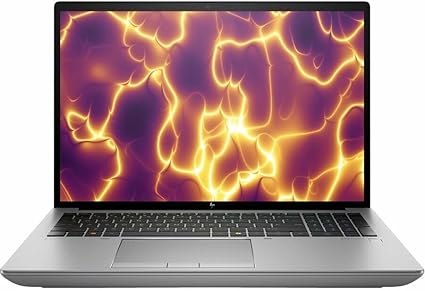
If you need desktop-level muscle in a laptop, the ZBook Fury is a monster. It supports up to 128GB RAM and professional RTX GPUs.
Pros:
✔ Handles huge models with ease
✔ Rugged build quality
✔ Lots of customization
Cons:
✘ Heavy and bulky
✘ Short battery life
See also: HP ZBook Fury 16 G11 Review
3. Dell Precision 7770 – Best for Certified Workflows
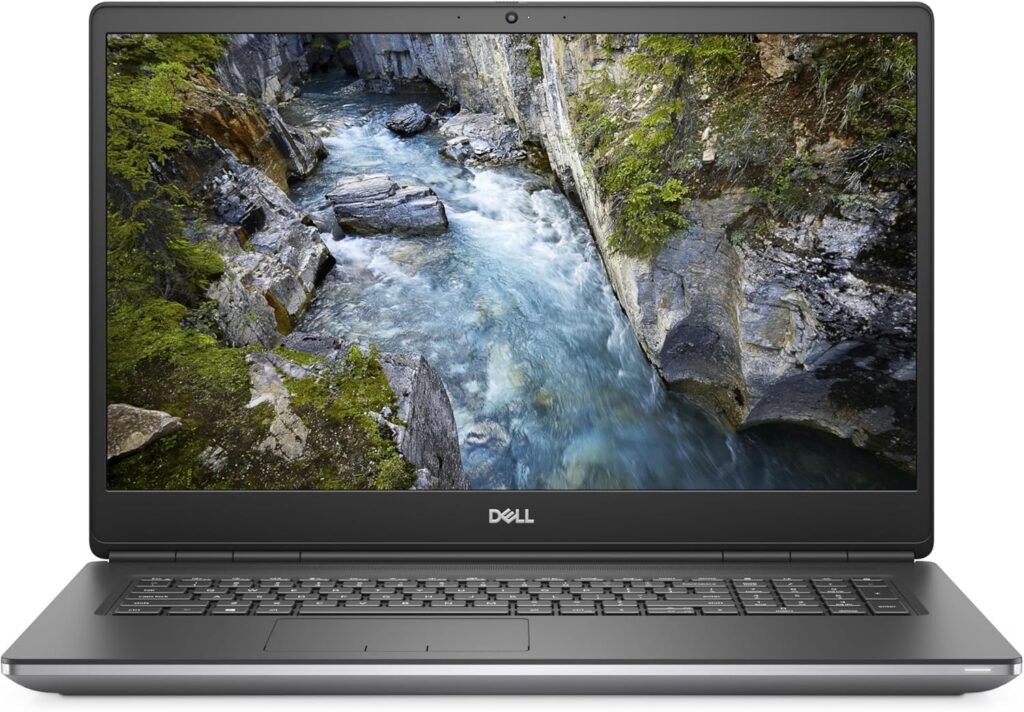
Dell’s Precision line is famous for ISV certifications and workstation-grade reliability. Perfect if you work in a professional office environment.
Pros:
✔ Certified hardware for STAAD.Pro and CAD tools
✔ Excellent display options
✔ Expandable RAM & storage
Cons:
✘ Big and heavy
✘ High price tag
4. ASUS ProArt Studiobook Pro 16 – Best for Display & Creativity

This is a great choice if you also care about color accuracy for design work. It blends workstation performance with a stunning OLED display.
Pros:
✔ Brilliant OLED screen
✔ Strong CPU/GPU combos
✔ Slimmer than traditional workstations
Cons:
✘ Can run warm
✘ Pricey at higher configs
5. Dell XPS 15/16 – Best Balance of Portability and Power
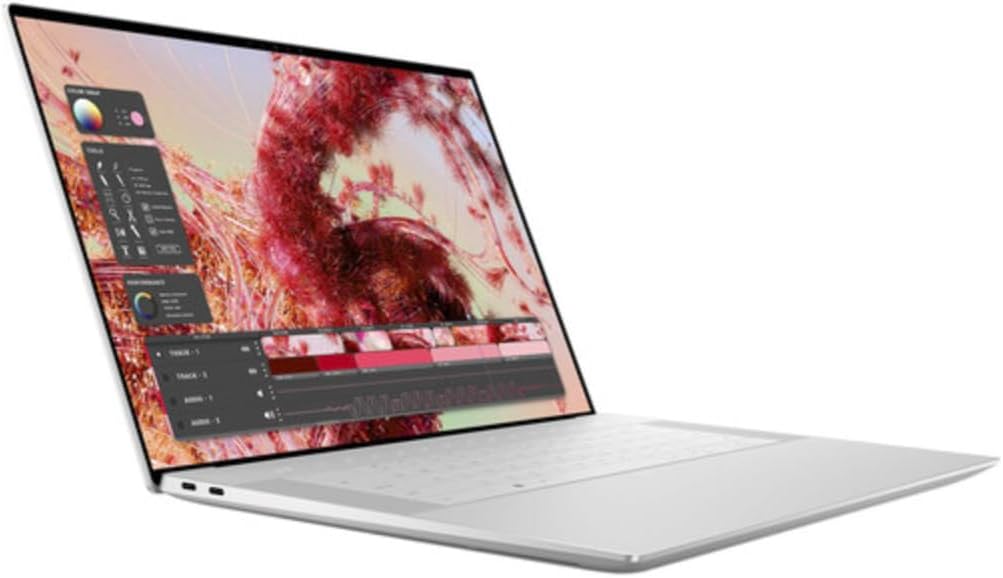
The XPS series isn’t a full workstation, but in high-end configs, it’s more than capable of handling medium STAAD models.
Pros:
✔ Sleek and portable
✔ Great battery life
✔ Premium build
Cons:
✘ Not ideal for huge projects
✘ Less thermal headroom than big workstations
See also: Dell XPS 15 (2025) Review
6. MSI Creator / WS Series – Best Value Option
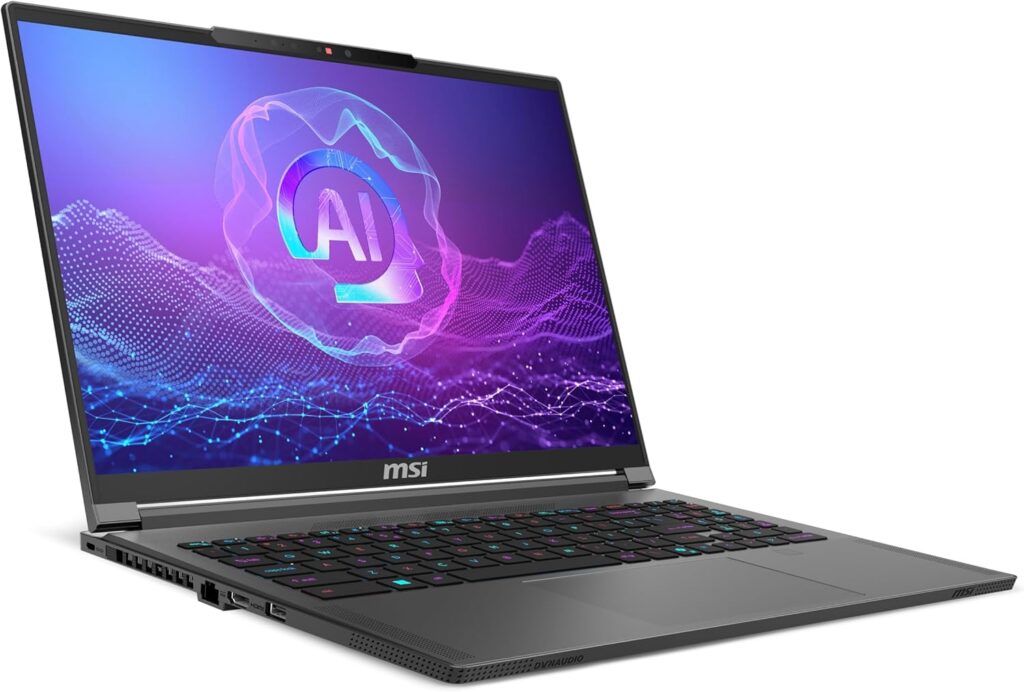
If you want workstation-level specs at a lower price, MSI is worth a look. It delivers strong CPUs and RTX GPUs without breaking the bank.
Pros:
✔ Competitive pricing
✔ High-performance hardware
✔ Good upgrade options
Cons:
✘ Build quality varies
✘ Support isn’t as strong as Lenovo/Dell/HP
7. Razer Blade 16/18 – Best Slim Powerhouse
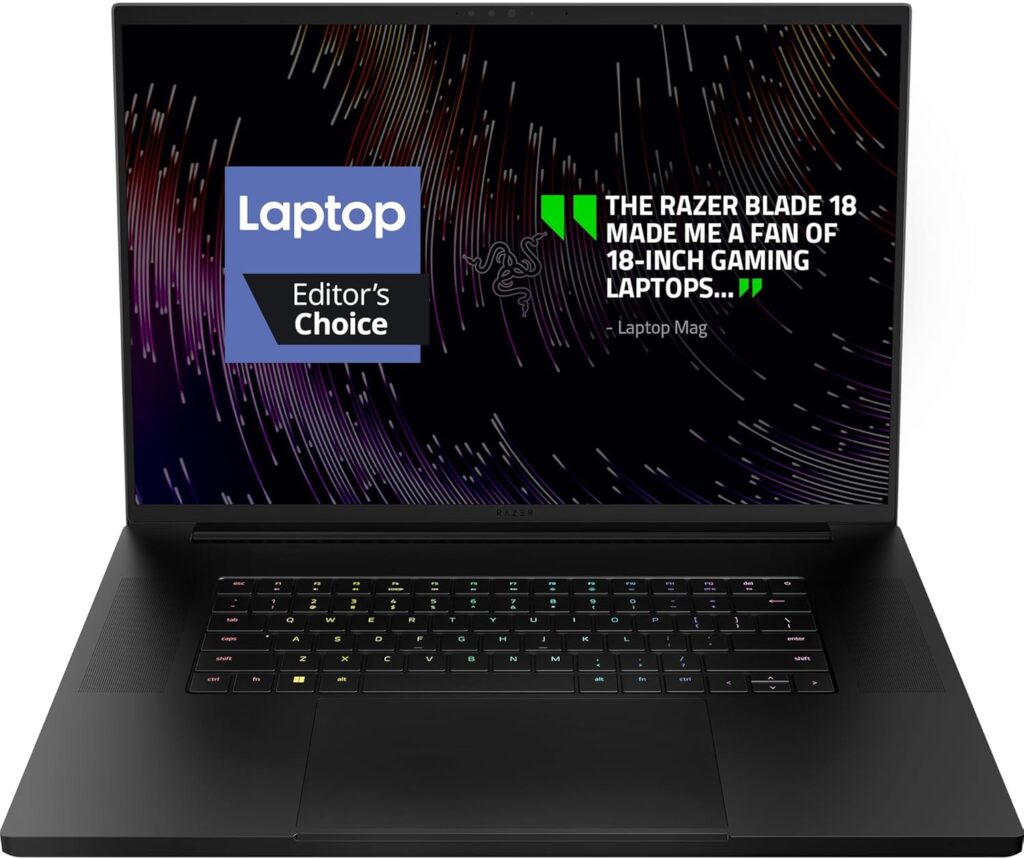
Razer isn’t just for gamers — the Blade 16 and 18 are stylish, powerful, and surprisingly portable for their specs.
Pros:
✔ Sleek design
✔ RTX 4080/4090 options
✔ Excellent display choices
Cons:
✘ Very expensive
✘ Can throttle under long workloads
Comparison Table
| Laptop | CPU | RAM | GPU | Best For |
|---|---|---|---|---|
| Lenovo ThinkPad P16 Gen 2 | Intel i9 HX | 32–64GB | RTX A4000/A5000 | All-around workstation |
| HP ZBook Fury G11 | Intel i9 HX | 64GB+ | RTX A-series | Heavy users |
| Dell Precision 7770 | Intel i9 HX | 32–128GB | RTX A-series | Certified workflows |
| ASUS ProArt Studiobook 16 | Intel i9 HX | 32–64GB | RTX 4070/A3000 | Display & design |
| Dell XPS 15/16 | Intel i7/i9 H | 32GB | RTX 4060/4070 | Portable power |
| MSI Creator/WS | Intel i7/i9 HX | 32GB | RTX 40-series | Value option |
| Razer Blade 16/18 | Intel i9 HX | 32–64GB | RTX 4080/4090 | Slim powerhouse |
FAQs
Not natively. You’d need to run Windows in Parallels or a VM, which isn’t ideal. A Windows laptop is recommended.
Not always. A GeForce RTX card will work fine for most users. But if you need certified drivers, go with RTX A-series.
32GB is enough for most projects, but 64GB+ is recommended for larger structural models.
Conclusion
Choosing the right laptop for STAAD.Pro really depends on the size of your projects and your budget. If you’re a professional dealing with big, complex models every day, a mobile workstation like the Lenovo ThinkPad P16 or HP ZBook Fury is worth every penny. On the other hand, if you want something more portable, the Dell XPS 16 or ASUS ProArt Studiobook gives you a nice balance of power and mobility.
At the end of the day, investing in the right laptop is about saving time, reducing frustration, and making sure your hardware keeps up with your ideas. Pick wisely, and STAAD.Pro will run smoother than ever.
